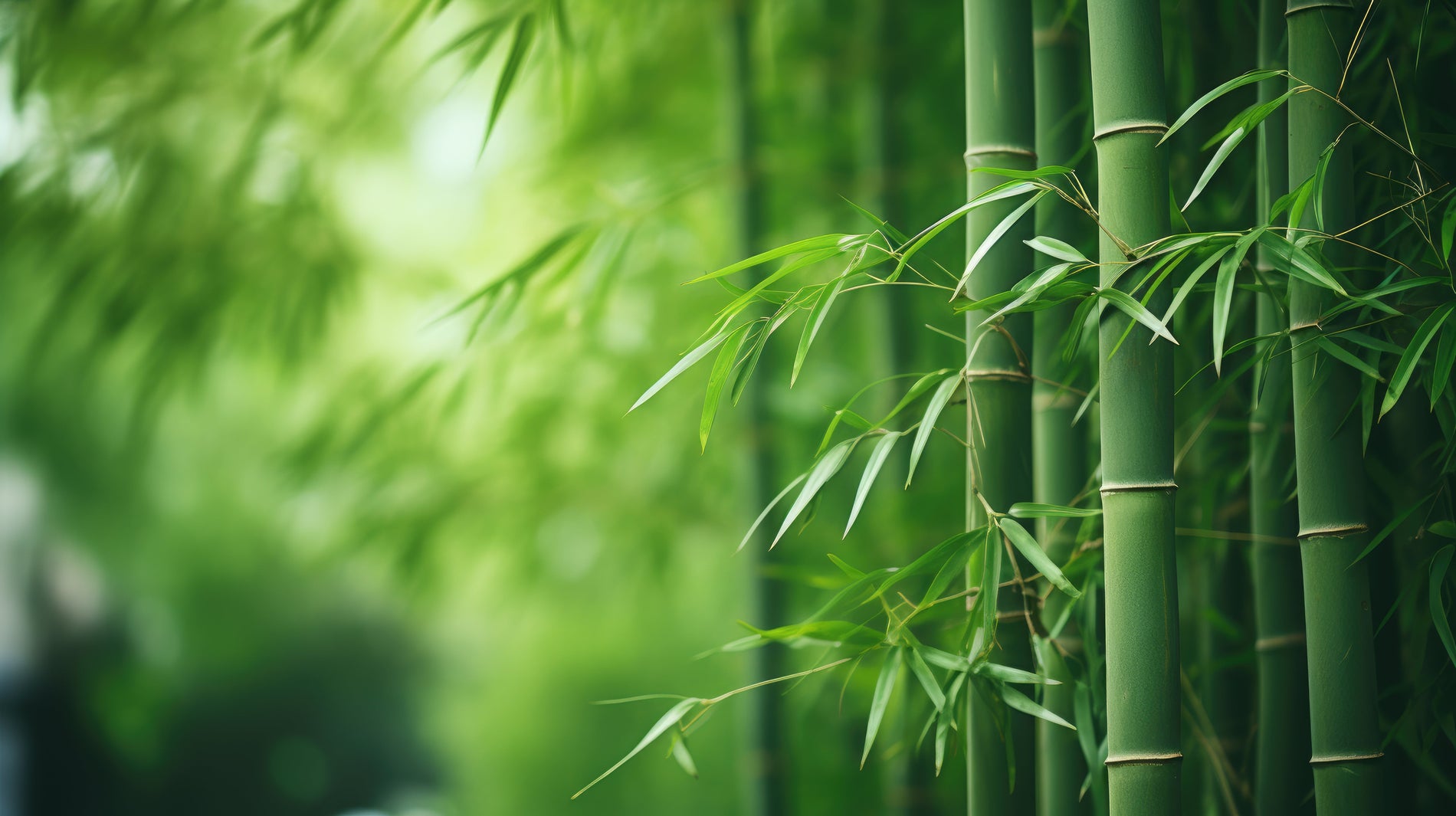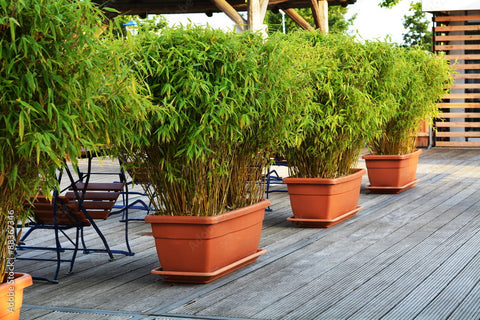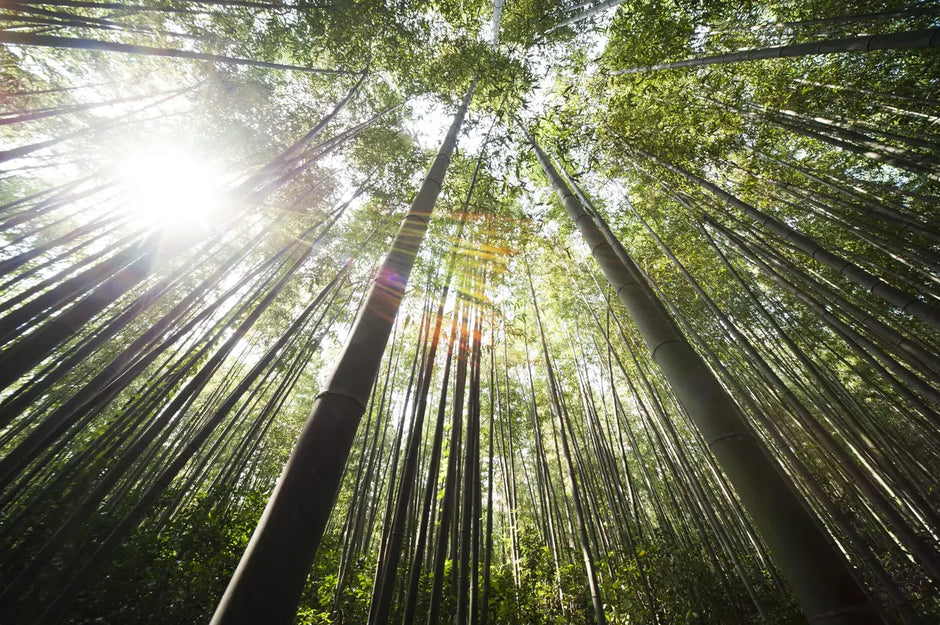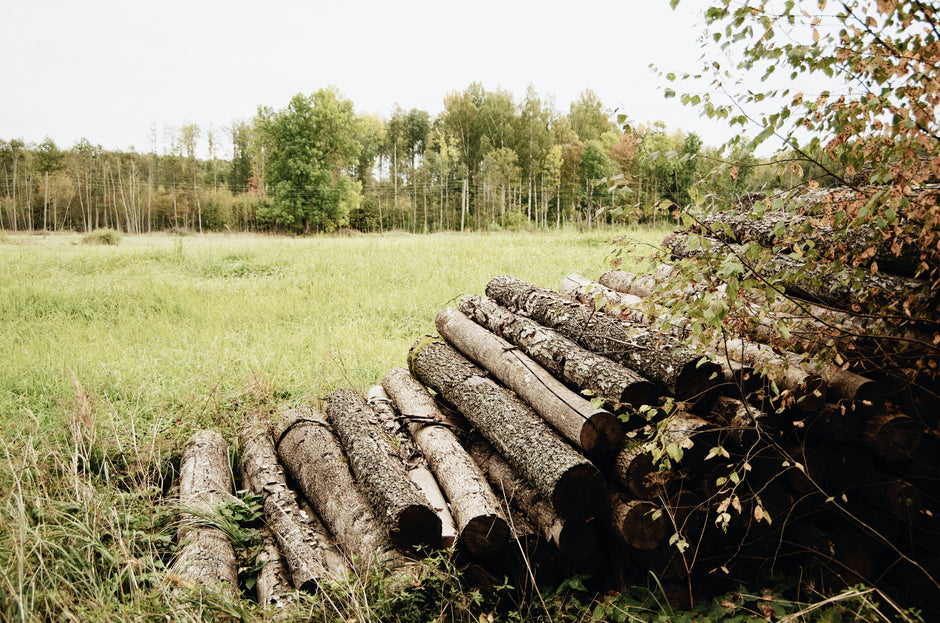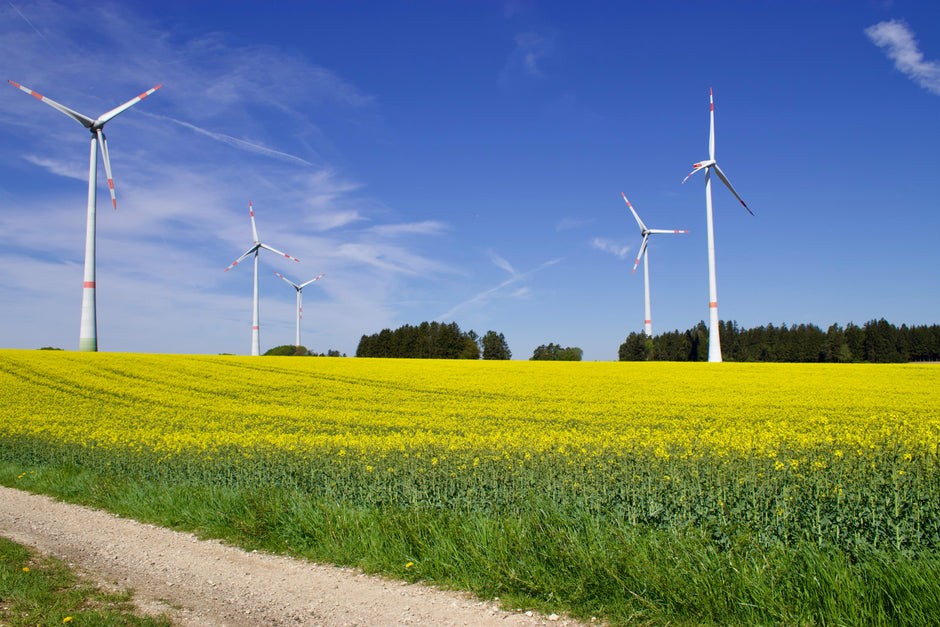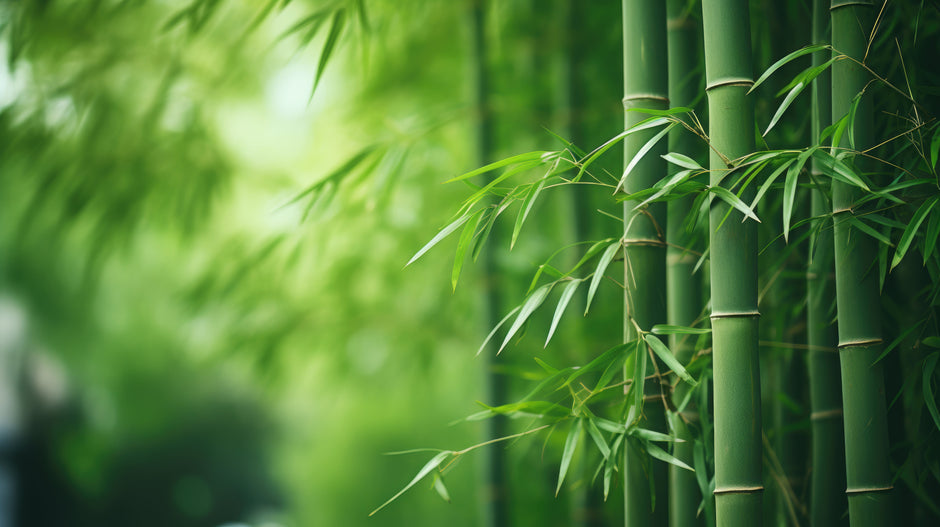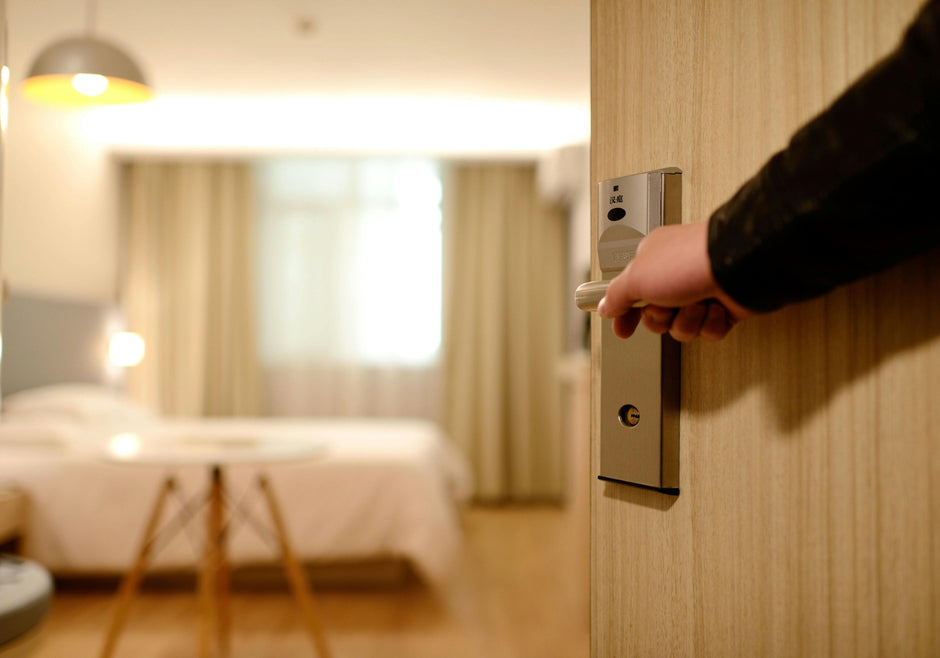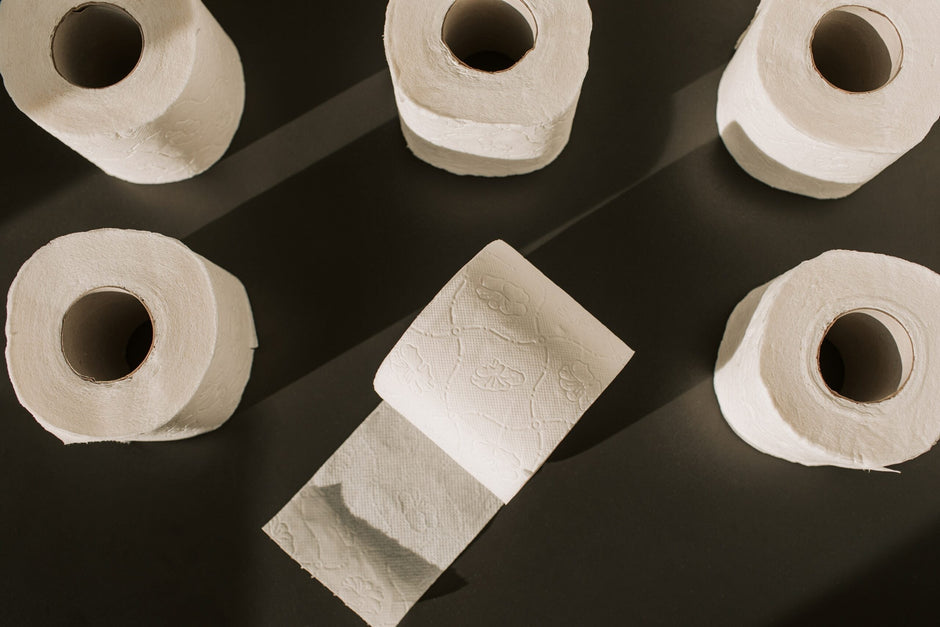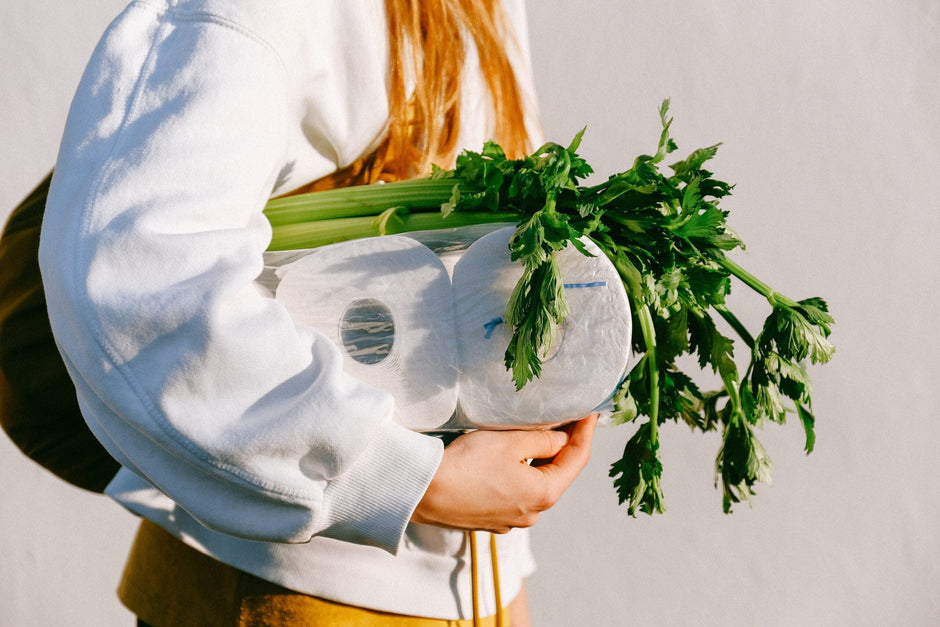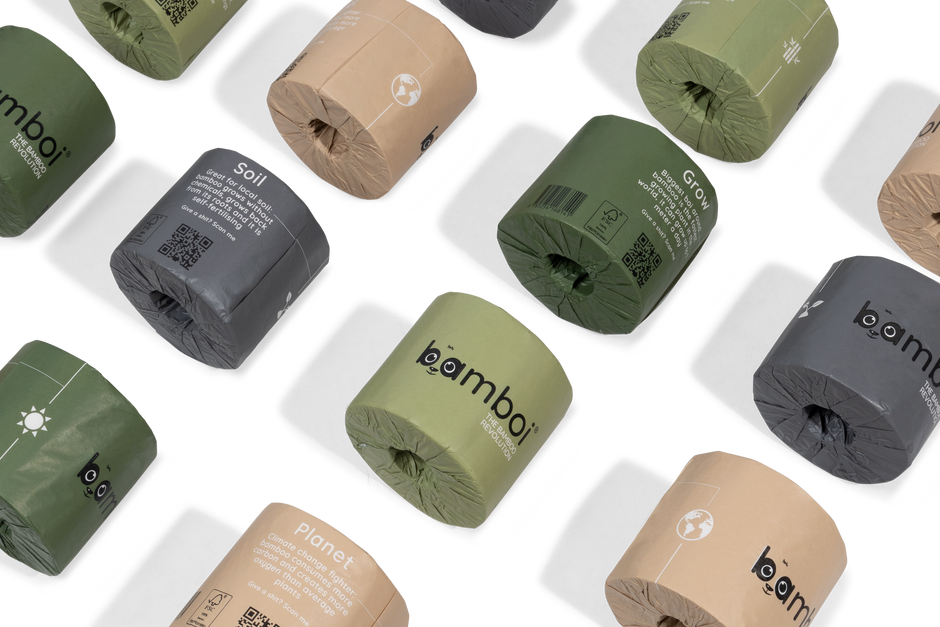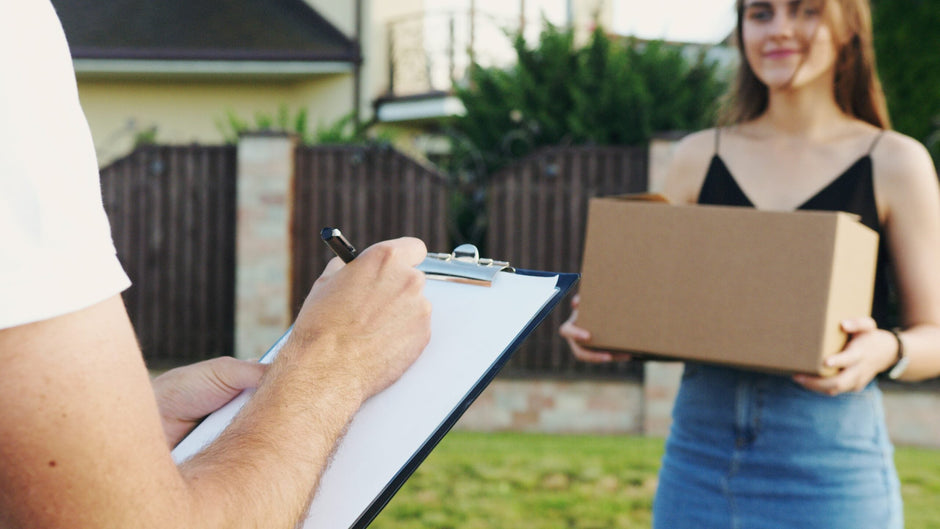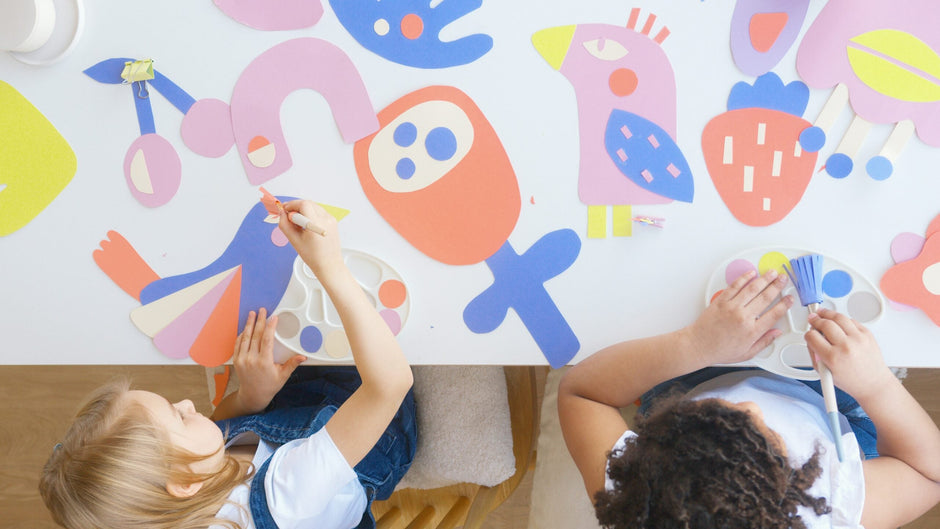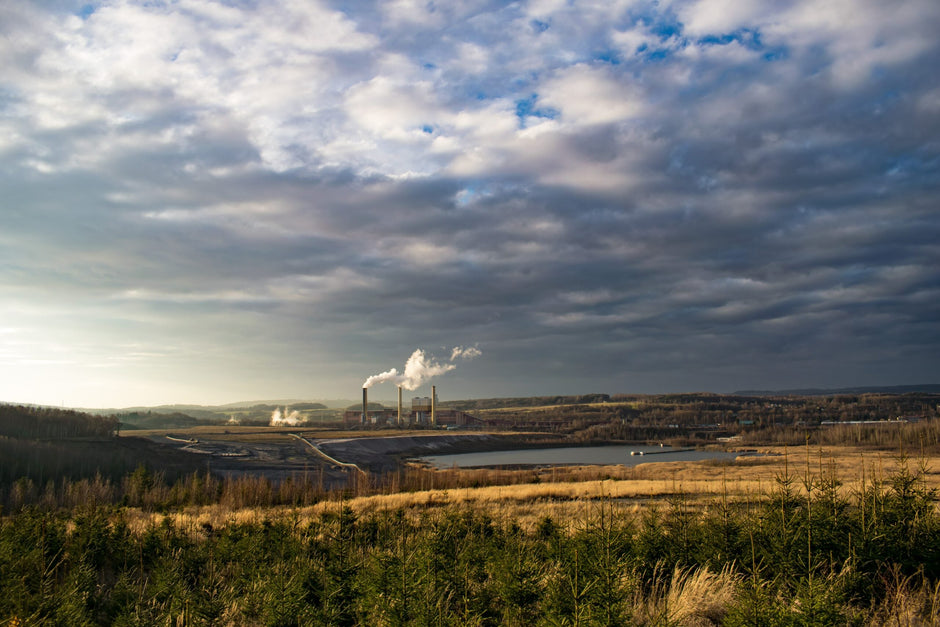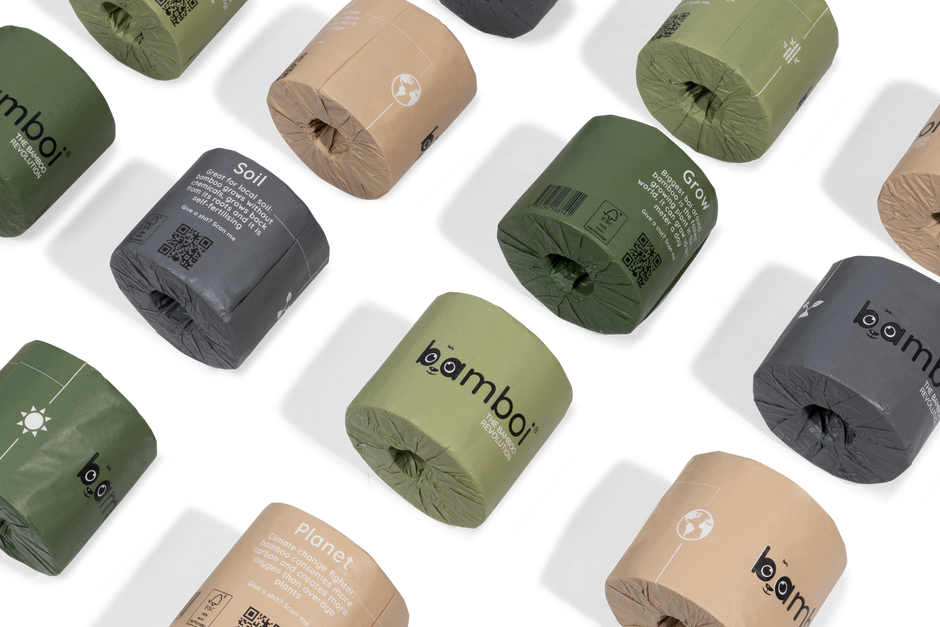Bamboo is a versatile plant that garners global admiration for its rapid growth, sustainability, and aesthetic value. Although Bamboi focuses on sustainable bamboo products, we want to inform our bamboo-enthusiastic readers about cultivating and caring for this remarkable plant.
In this article, we bring together essential information about bamboo species, planting, caring for, and pruning bamboo, as well as an introduction to bamboo shoots.
Bamboo species: an overview
Bamboo belongs to the grass family, and there are more than 1,000 species known worldwide. These species are mainly classified into two categories:
-
Running bamboo: These species, such as Phyllostachys and Sasa, spread via underground runners (rhizomes) and can quickly cover large areas. When planting in gardens, it is advisable to use a root barrier to prevent unwanted spreading.
-
Clumping bamboo: Species such as Fargesia grow in compact clumps and expand less aggressively, making them more suitable for smaller gardens and pots.
When choosing a bamboo species, it is important to consider its growth characteristics and maintenance.
Bamboo planting: step-by-step
Successfully planting bamboo begins with the right preparation and execution:
-
Choosing a location: Select a spot with ample sunlight and shelter from strong winds. Bamboo thrives in well-draining, humus-rich soil.
-
Soil preparation: Dig a hole that is twice as wide and deep as the clump of the bamboo plant. Fill the hole with a mix of the excavated soil and compost to enrich the soil.
-
Planting: Submerge the clump in water until no air bubbles rise. Then place the plant in the hole, refill with the prepared soil, and press firmly to eliminate any air pockets.
-
Watering: Water generously immediately after planting. In the first weeks after planting, regular watering is crucial to support root development.
For container planting, it is recommended to choose a clumping species and use a spacious pot with good drainage.
Caring for bamboo
To keep bamboo healthy and vibrant, the following care tips are important:
-
Watering: Keep the soil moist, especially during dry periods. Bamboo requires a constant water supply, but avoid overwatering to prevent root rot.
-
Fertilizing: Provide the plant with an organic fertilizer in the spring to boost growth.
-
Mulching: Apply a layer of mulch around the base of the plant to retain moisture and suppress weed growth.
Watch for signs of stress, such as yellowing leaves, and adjust your care accordingly.
Bamboo pruning: when and how
Regular pruning helps keep the bamboo plant healthy and attractive:
-
Maintenance pruning: Each early spring, remove dead or damaged culms to make room for new shoots.
-
Thinning: Thin out the plant by cutting away older culms at the base, which improves air circulation and helps maintain an open structure.
-
Height control: Trim the tops of the culms to maintain the desired height and encourage denser growth.
Always use sharp and clean tools to minimize the risk of infections.
Bamboo shoots: a culinary delicacy
In addition to their ornamental value, bamboo shoots—the young offshoots of the plant—are edible and popular in Asian cuisine. They are rich in vitamins, minerals, and antioxidants. Note: Raw bamboo shoots contain cyanogenic glycosides and must be cooked before consumption to break down these compounds.
How we can make an impact on the environment with bamboo
Would you like to discover how we can make a positive impact with bamboo? On this page discover everything about the benefits of this sustainable material. Join our mission and learn how you too can make a difference with bamboo!



